In the utility sector, security isn't about locking everything in a digital vault and throwing away the key. It's about knowing what to protect, how much to protect it, and when to stop before you grind your systems to a halt. Encryption is the tool of choice, but like salt in a stew, too little leaves you exposed, too much ruins the flavour. So, how do you find the sweet spot?
What Encryption Really Means for Utilities
Encryption scrambles data so only those with the right key can read it. In utilities, this covers everything from grid control signals and smart meter readings to customer billing details. We're talking about symmetric encryption (like AES) for speed, asymmetric (like RSA) for secure exchanges, and sometimes a mix of both. The trick is matching the method to the job: fast and light for streaming data, tough and complex for sensitive exchanges.
But encryption isn't just one layer. You need to think about data at rest (stored on devices or servers), in transit (moving across networks), and in use (being processed). Each has its own risks and solutions. For example, encrypting data at rest keeps things safe if someone walks off with a hard drive. Encrypting in transit stops eavesdroppers on the network. Encrypting in use? That's still cutting-edge, but it's coming.
Protocols in Practice: DLMS/COSEM and SCADA Security
For smart metering, DLMS/COSEM is the global standard. It doesn't just define how data is structured and exchanged—it also sets out security levels. DLMS/COSEM offers layered security, from basic authentication (passwords) up to advanced cryptographic protection using AES-GCM or AES-CTR. The highest levels (Security Suite 2 and 3) provide mutual authentication, data encryption, and message authentication codes (MAC) to ensure both privacy and integrity. This means even if someone intercepts your meter data, they'll see only encrypted noise—unless they have the right keys.
SCADA systems, which control and monitor critical infrastructure, have their own security measures. Modern SCADA protocols, like IEC 62351, add encryption and authentication layers to traditional protocols such as IEC 60870-5-104 or DNP3. These enhancements protect against eavesdropping and command injection, ensuring that only authorized commands reach your equipment and that data from the field isn't tampered with in transit.
Regulations and Reality
Regulators love encryption—so do auditors. In North America, NERC CIP sets the rules for critical infrastructure. In Europe, GDPR makes sure personal data isn't left lying around. These aren't suggestions; they're requirements. But they don't say "encrypt everything, everywhere, all the time." They want you to be smart, not just busy.
The Risks of Not Enough Encryption
If you skimp on encryption, you're leaving the door wide open. Attackers can intercept unprotected data, tamper with grid commands, or steal customer info. The cost? Fines, lawsuits, and—worst of all—loss of trust. Just ask anyone who's had to explain a breach to regulators or the evening news.
A real-world example: If your smart meters send usage data unencrypted, someone could track when homes are empty. That's not just a privacy issue; it's a safety risk. And if your SCADA system isn't locked down, you're one bad day away from being the headline.
The Trouble with Too Much Encryption
But there's another side. Encrypt everything, everywhere, and you'll soon find your systems slowing down. Real-time grid controls can't wait for heavy encryption to finish its dance. Over-encryption eats up CPU, drains batteries, and makes maintenance a nightmare. Key management gets messy, and in a crisis, you might find yourself locked out of your own data.
Plus, not all data is equal. Encrypting non-sensitive logs or weather feeds adds cost without adding value. It's like putting a bank vault around your sandwich—impressive, but unnecessary.
Striking the Right Balance
So, what's the right amount? Start with a risk assessment. Classify your data: What's critical, what's confidential, what's just noise? Use strong encryption (AES-256, TLS 1.3, or the highest DLMS/COSEM security suite) for the crown jewels—grid controls, customer data, anything that would hurt if leaked or tampered with. For less sensitive data, lighter encryption or even none at all might be fine.
Layer your defences. Encrypt in transit and at rest for anything important. Use hardware security modules (HSMs) for key management. Rotate keys regularly, and don't forget to train your team—technology is only as strong as the people using it.
Keep an eye on performance. Test your systems under load. If encryption slows things down, look for hardware acceleration or smarter protocols. And always plan for the future: quantum-safe algorithms aren't urgent yet, but they're on the horizon.
Takeaway
Encryption isn't a magic shield—it's a tool. Use it wisely, match it to your risks, and avoid the extremes. Too little, and you're exposed. Too much, and you're bogged down. The right balance keeps your data safe, your systems running, and your auditors happy.
At CLOU, our meters and system solutions are designed to meet the latest industry standards for security, including DLMS/COSEM and SCADA protocol requirements. We keep compliance and performance in focus, so you can trust your data is protected without unnecessary complexity. If you want to see how our technology can support your utility's security goals, just get in touch Contact Us. We're here to help you keep things running smoothly—and securely.
Contact Us. We're here to help you keep things running smoothly—and securely.

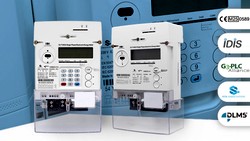
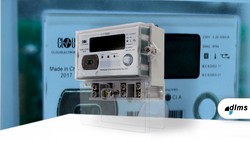
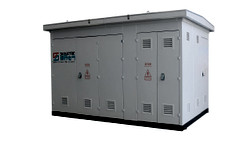
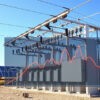


All comments are moderated before being published. Inappropriate or off-topic comments may not be approved.